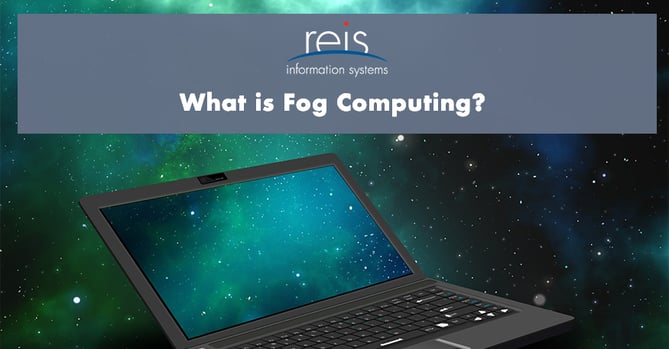Fog computing expands the concept of cloud computing to being involved with the network side of things. Because of this, it makes it fitting for the IoT and other applications that need interactions that are real-time. Keep reading to learn more about this new type of computing.

Fog computing is an approach of a network fabric that extends from the outer edges of where data is created to where it eventually will be stored. This could be stored in the cloud or a company's data centre.
Fog computing is another layer of a network environment and is associated with the cloud and IoT. IaaS vendors can be seen as a high-level, global limit for data. The edge of a network is where data from IoT devices is created.
Fog computing is an idea of a distributed network connecting 2 environments. “Fog provides the missing link for what data needs to be pushed to the cloud, and what can be analyzed locally, at the edge,” explains Mung Chiang, dean of Purdue University’s College of Engineering and a top researcher on fog and edge computing.
According to the OpenFog Consortium, a group of vendors and research organizations promoting for the growth of standards in this technology, fog computing is “a system-level horizontal architecture that distributes resources and services of computing, storage, control and networking anywhere along the continuum from Cloud to Things.”
Benefits of fog computing
Essentially, the development of fog computing allows organizations to have more choices to process data where it is the most appropriate time to do so. Some applications might need data to be processed quickly. One example of this would be the manufacturing industry; there are connected machines that need to be able to respond to an incident as quickly as possible.
Fog computing can create low-downtime network connections between devices and analytics. In turn, this is able to reduce the number of bandwidth that is needed compared to the option of needing data to be sent to the data centre or cloud to be processed. Fog can also be used in situations where there is no bandwidth connection to send data - meaning that data needs to be processed closed to where it has been created. Also, users can place security features in a fog network to move from a segmented network to virtual firewalls to protect it.
Applications of fog computing
Fog computing is in the early stages of being used, but there have been several cases that have been identified as potential cases for fog computing.
- Connected Cars: The arrival of semi-independent and self-driving cars will increase the amount of data vehicles are creating. With having cars operating independently requires the need to analyze certain data in real time. This includes: surroundings, driving conditions, and directions. Other data might be have to sent back to the manufacturer to improve vehicle maintenance or track the usage of the vehicle. Fog computing in this situation would allow communications at the edge (in the car) and the end point (manufacturer).
- Smart Cities, Smart Grids: Similar to connected cars, utility systems are using real-time data more often to efficiently run their systems. The data is sometimes in remote areas - processing data close to where it's created crucial. sometimes data needs to be collected from a large amount of sensors. Fog computing can be arranged to solve both issues.
- Real-Time Analytics: From manufacturing systems that need to be able to react to events as they occur to financial organizations that use real-time data to advise decisions or monitoring of accounts. Fog computing can help the transfer of data for where it's created and where it needs to go.
Fog computing and 5G mobile computing
Some believe that with the roll out of 5G mobile connections and beyond could initiate more opportunity for fog computing. “5G technology in some cases requires very dense antenna deployments,” explains Andrew Duggan, senior vice president of technology planning and network architecture at CenturyLink. Sometimes antennas need to be less than 20km from each other. In this case, fog computing architecture could be designed with these stations including a centralized controller that manages applications that are running on the 5G network, and handles connections to backend data centres or clouds.
How does fog computing work?
Fog computing can have several components and functions. There could be entry points that accept data that IoT devices have gathered. There also could be a range of wired and wireless coarse collection endpoints; including reinforced routers and switch equipment. Another aspect could consist of customer premise equipment (CPE) and entry points to access edge nodes. Higher in the level of fog computing architecture, it is possible that core networks and routers could eventually reach global cloud services and servers.
For environments should be scalable horizontally; meaning it will support several industry vertical cases, be able to work across the cloud, and be a system-level technology (from things over network edges to the cloud and across various network protocols).
Are fog computing and edge computing the same thing?
Helder Antunes, senior director of corporate strategic innovation at Cisco and a member of the OpenFog Consortium, says that edge computing is a component, or a subset of fog computing. Try to think of fog computing as a way for data to be processed from where it's created ti where it will be stored. While edge computing refers to the data that is being processed close to where it is created. Fog computing encompasses edge processing and network connections that are needed to bring data from the edge to the end point.
We have reached the end of this article. We hope that you have learned a bit more about what fog computing is and that you can see where it can go in the future. If you have any comments or questions, use the space below!
Sources:
Butler, Brandon. (2018). What is fog computing? Connecting the cloud to things. Retrieved April 11, 2019 from, https://www.networkworld.com/article/3243111/what-is-fog-computing-connecting-the-cloud-to-things.html



.png?width=1080&name=GOOGLE%20REVIEW%20(1).png)